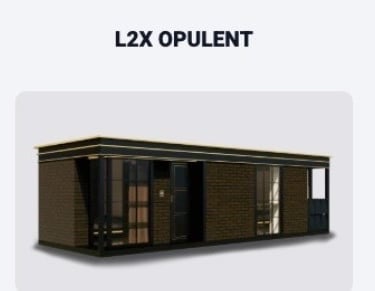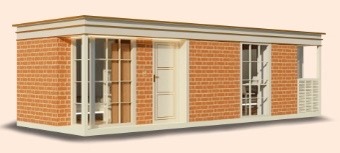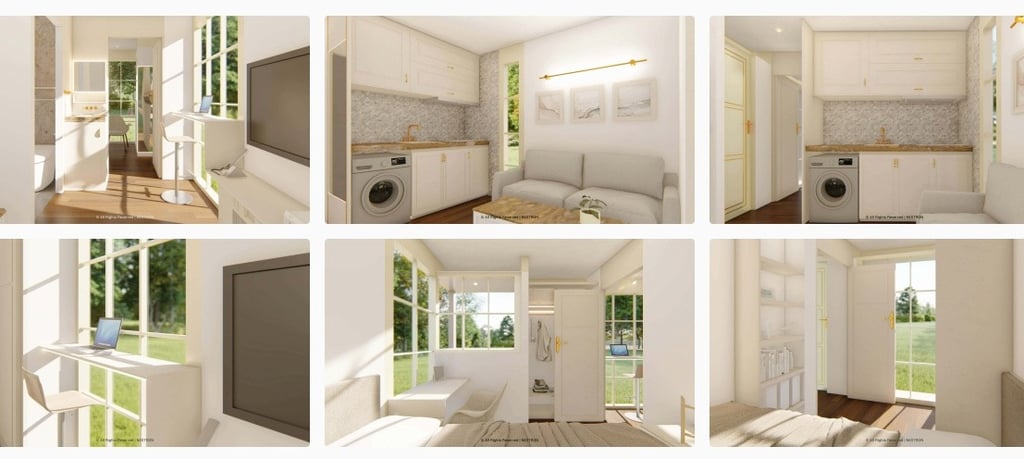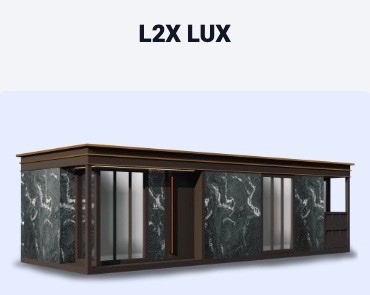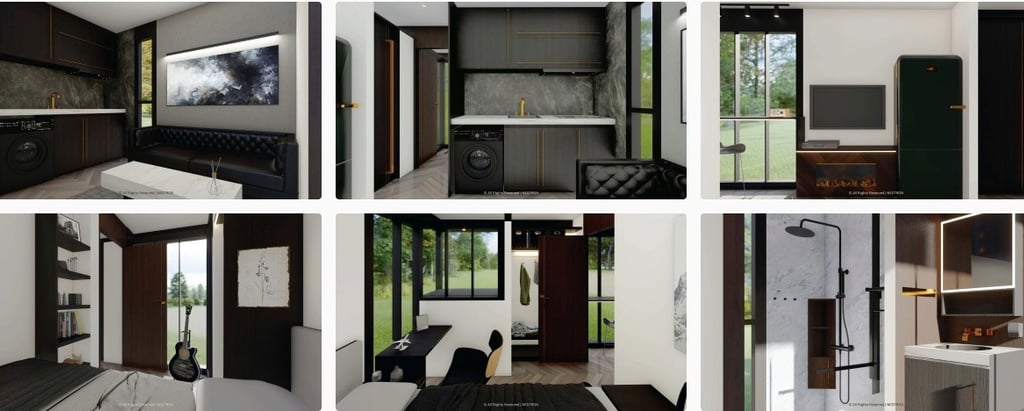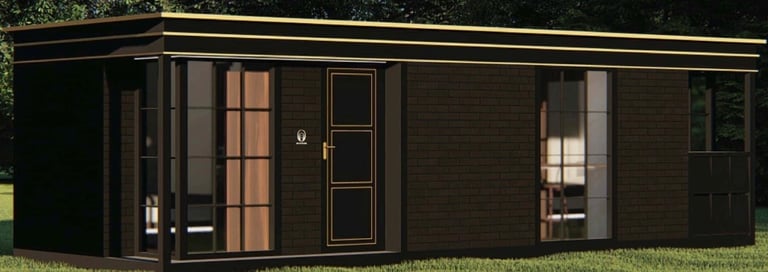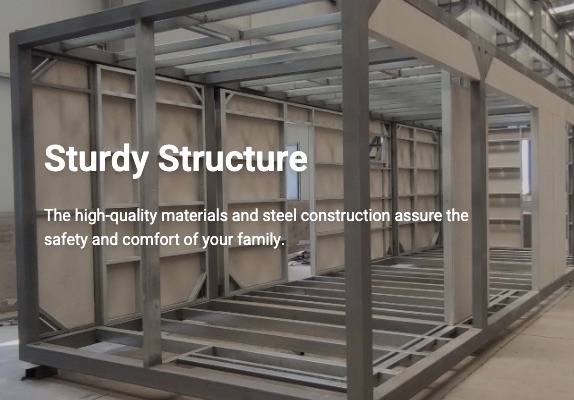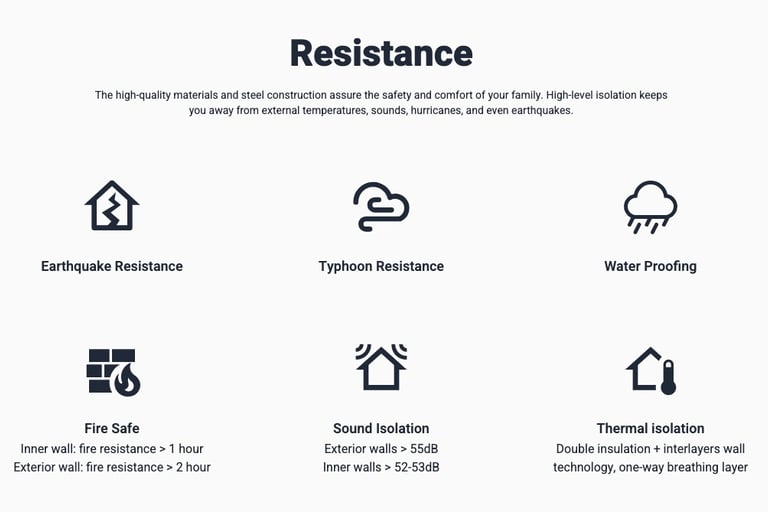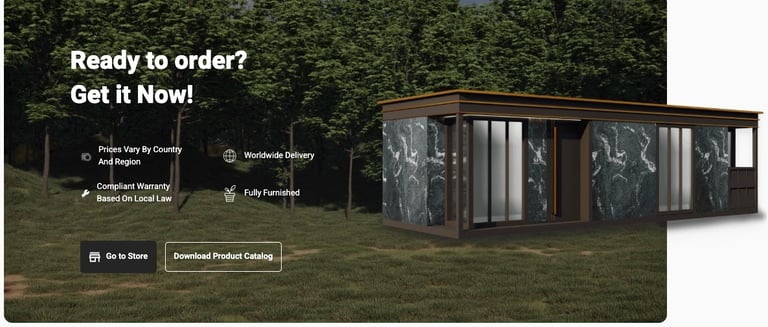Explore Our Stunning Smart Luxury Homes ~ Mobile & Garden Homes Designed For Luxury, Affordability, & Sustainability!
The Hidden Goldmine ~ How Modular Smart Homes Are Revolutionizing Rental Income
10/10/20255 min read
Introduction To Modular
Smart Homes
Modular smart homes represent a significant innovation in the construction and real estate sectors, distinguishing themselves from traditional homes through their unique design and assembly methods. Unlike conventional houses, which are typically built on-site using standard materials, modular homes are prefabricated in a controlled factory environment. These structures are manufactured in sections or “modules” that are then transported and assembled on the desired location. This approach allows for greater efficiency, precision, and ultimately, faster completion times.
The trend towards modular construction has been driven by various factors, primarily cost savings and energy efficiency. The factory production process reduces waste, leading to lower expenses while maintaining high-quality materials. Additionally, many modular homes are designed with energy-efficient features that contribute to reduced utility costs and a smaller carbon footprint, aligning with the values of environmentally conscious renters.
The Financial Benefits of Investing in Modular
Smart Homes
Investing in modular smart homes presents significant financial advantages for those looking to capitalize on rental income. One of the primary benefits stems from the higher rental yields these properties tend to generate, a result of their modern amenities and energy-efficient features. Conventional rental properties often lack the advanced technology and conveniences that appeal to today's tenants, leading to lower rent prices and longer vacancy periods. In contrast, modular smart homes are designed with the latest technological innovations, such as smart thermostats, energy-efficient appliances, and sustainable building materials, driving up their rental potential.
Furthermore, as the demand for smart homes continues to rise, vacancy rates for these properties are decreasing. This shift in market demand provides a compelling case for landlords and investors. With more tenants seeking homes equipped with the latest technology, property owners can expect quicker turnarounds and less time spent on the market. Real estate investors looking to optimize their portfolios should certainly consider the financial viability of modular smart homes, as their combination of modern innovations, potential tax benefits, and enhanced rental yields solidifies their position as a lucrative investment opportunity.
Tenant Attraction &
Retention Strategies
Attracting and retaining tenants in modular smart homes requires a strategic approach that effectively highlights the unique features and amenities these residences offer. One critical aspect of this strategy is incorporating smart home devices that enhance the living experience. For instance, integrating smart thermostats, lighting systems, and security features not only provides convenience but also appeals to tech-savvy renters who prioritize innovation and efficiency. This focus on technology forms a pivotal component of the rental proposition that can significantly enhance tenant attraction.
Understanding tenant demographics and preferences is also vital for ongoing success. Landlords should conduct market research to identify the specific needs and desires of their potential tenants, whether they be young professionals, families, or retirees. Tailoring amenities, such as community spaces, fitness centres, or pet-friendly policies, based on these insights can greatly improve tenant satisfaction and retention rates.
The Future of Modular Smart Homes in the Rental Market
As the rental market continues to evolve, modular smart homes are set to play a pivotal role in transforming the landscape of property investments and tenant expectations. With the increasing demand for sustainable living solutions, modular smart homes offer a unique proposition that aligns with both environmental concerns and the quest for affordable housing. By utilizing prefabricated structures that can be tailored to specific needs, these homes not only reduce construction time but also minimize waste. This shift towards sustainability is anticipated to attract a growing demographic of eco-conscious renters, driving demand for energy-efficient and environmentally friendly living spaces.
In addition to altering consumer expectations, regulatory changes are also emerging in response to these innovations. Local governments may introduce incentives aimed at fostering the construction of modular homes to address housing shortages, while zoning laws could adapt to accommodate this innovative approach to building. Furthermore, as industry players recognize the value of modular smart homes, investments in technology and design are expected to accelerate, leading to even more sophisticated offerings in the rental market.


